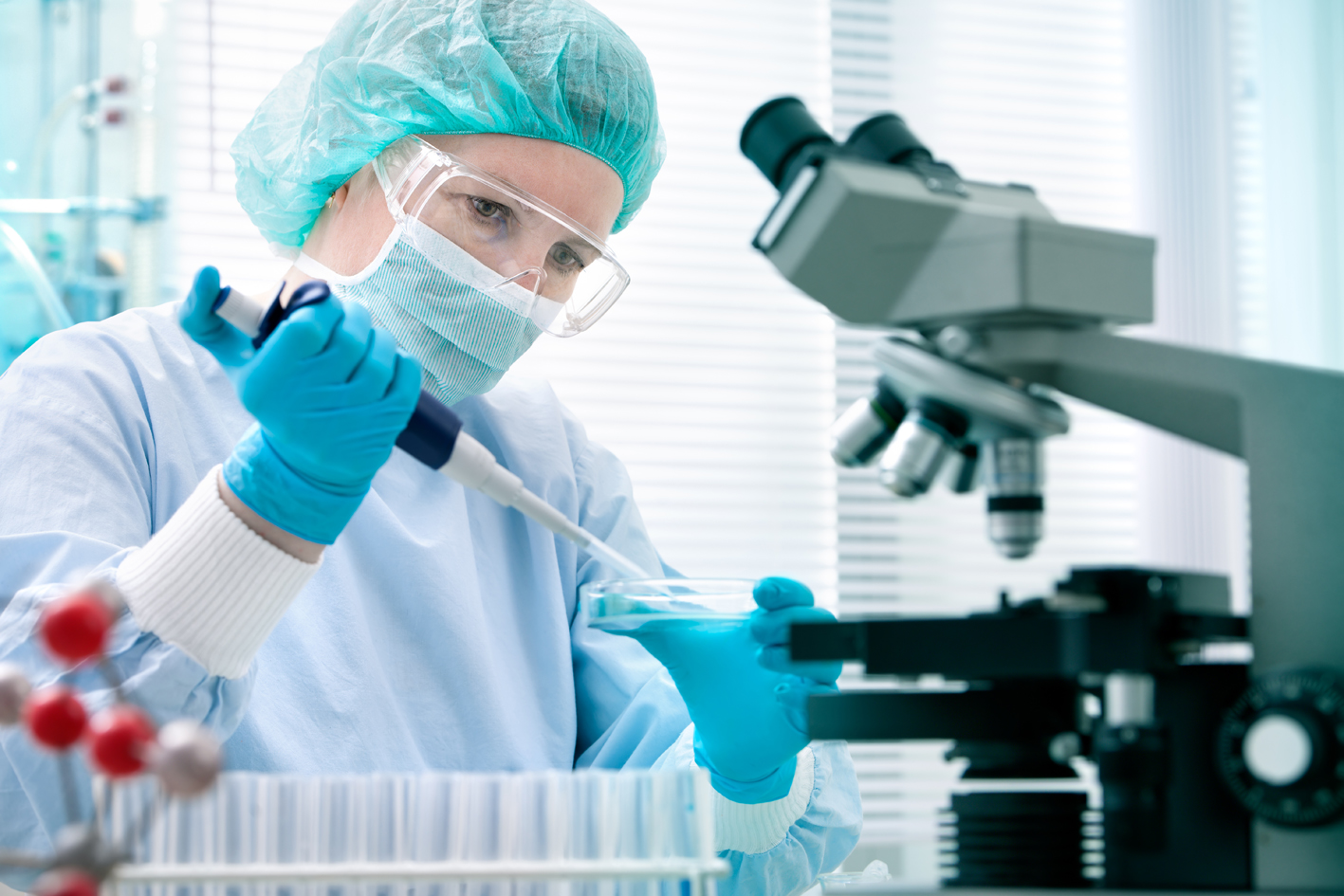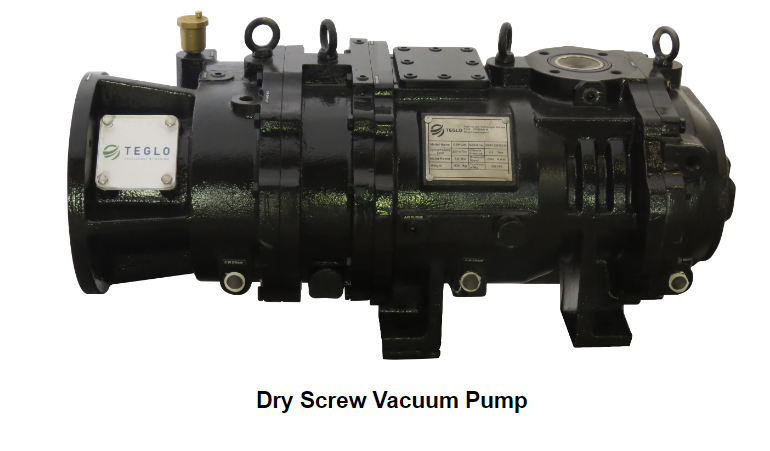
The bioanalytical process is a crucial component of pharmaceutical sciences, having a tremendous impact on the pharmacokinetic (PK) properties of a drug product. The primary goal of a bioanalytical process or bioanalysis is to convert study matrices into drug concentration using bioanalytical equipment. Hence, the bioanalytical process is the beginning of all PK bioanalysis.
We can define pharmacokinetics as the time a drug takes to be absorbed, distributed, metabolized and excreted from the body (abbreviated as ADME). Hence, multiple studies assessing the ADME properties compose the PK assay. Single Ascending Dose and Multiple Ascending Dose (SAD MAD) studies are some of the earliest studies in PK bioanalysis. Bioanalytical scientists conduct SAD MAD studies to fully characterize the PK properties of a drug product, its potential accumulation, dose proportionality, and determine the drug’s Maximum Tolerated Dose level.
Overview of PK bioanalysis
There are several bioanalytical techniques used for detecting and estimating drug products in biological matrices. With advances in technological sciences, these techniques will keep on updating and improving.
Hence, the following is a basic layout of the bioanalytical process from a PK perspective.
-
The bioanalytical process begins with obtaining a biological sample from a study organism. There is a wide range of biological samples, including blood, serum, plasma, urine, tissues, cerebrospinal fluid, and many more. However, some samples are easy to obtain, whereas some are difficult, for example, cerebrospinal fluid.
-
Second, the biological sample is processed for interference. These interferences may include matrix components, endogenous substances, and other chemicals which may hinder sample analysis. Here the aim is to extract the drug product into a neat solution for subsequent analysis.
-
Finally, bioanalytical scientists evaluate the neat sample using appropriate detection tools. These tools are pre-calibrated with known samples. Researchers then compare the calibration output of unknown samples against known samples and estimate the concentration of drugs present in the biological sample.
Although these steps may seem oversimplified, these are the primary steps of a bioanalytical process. Naturally, each step needs an in-depth amount of work and scientific expertise, with a significant investment of time, money, and resources. However, these three steps form the base of all bioanalytical processes.
The road ahead
The label of an approved drug product has all the details of that particular drug, including its use, the population, instructions, side effects, and safety information. For drug developers, it is the fruit of cumulative effort and resources. Each element of a particular drug label can have a significant impact on its use and sale among patients and clinicians.
PK bioanalysis plays a vital role in generating all crucial product data. However, to ensure that PK assays are efficiently designed and executed, PK services must develop or choose the best bioanalytical systems for high-quality PK bioanalysis. In a nutshell
PK bioanalysis will affect the overall profit of a drug product. Moreover, future advances in drug modeling and simulation will play a vital role in PK bioanalysis and drug development in general.






